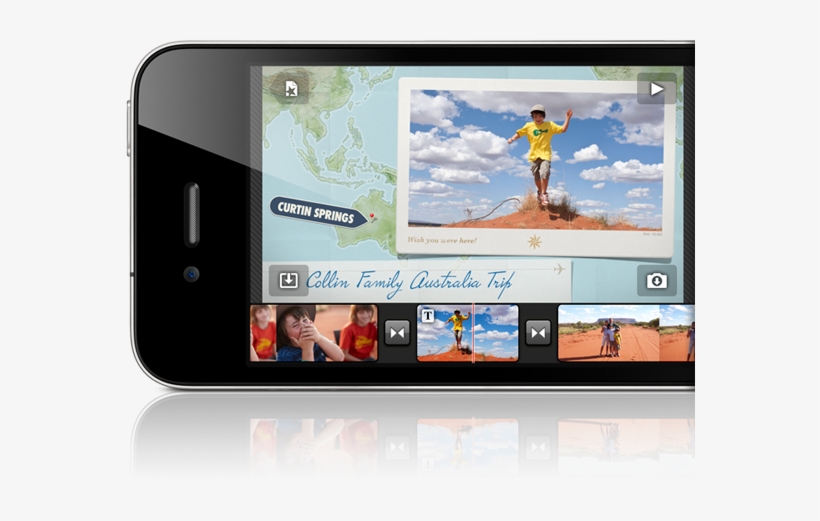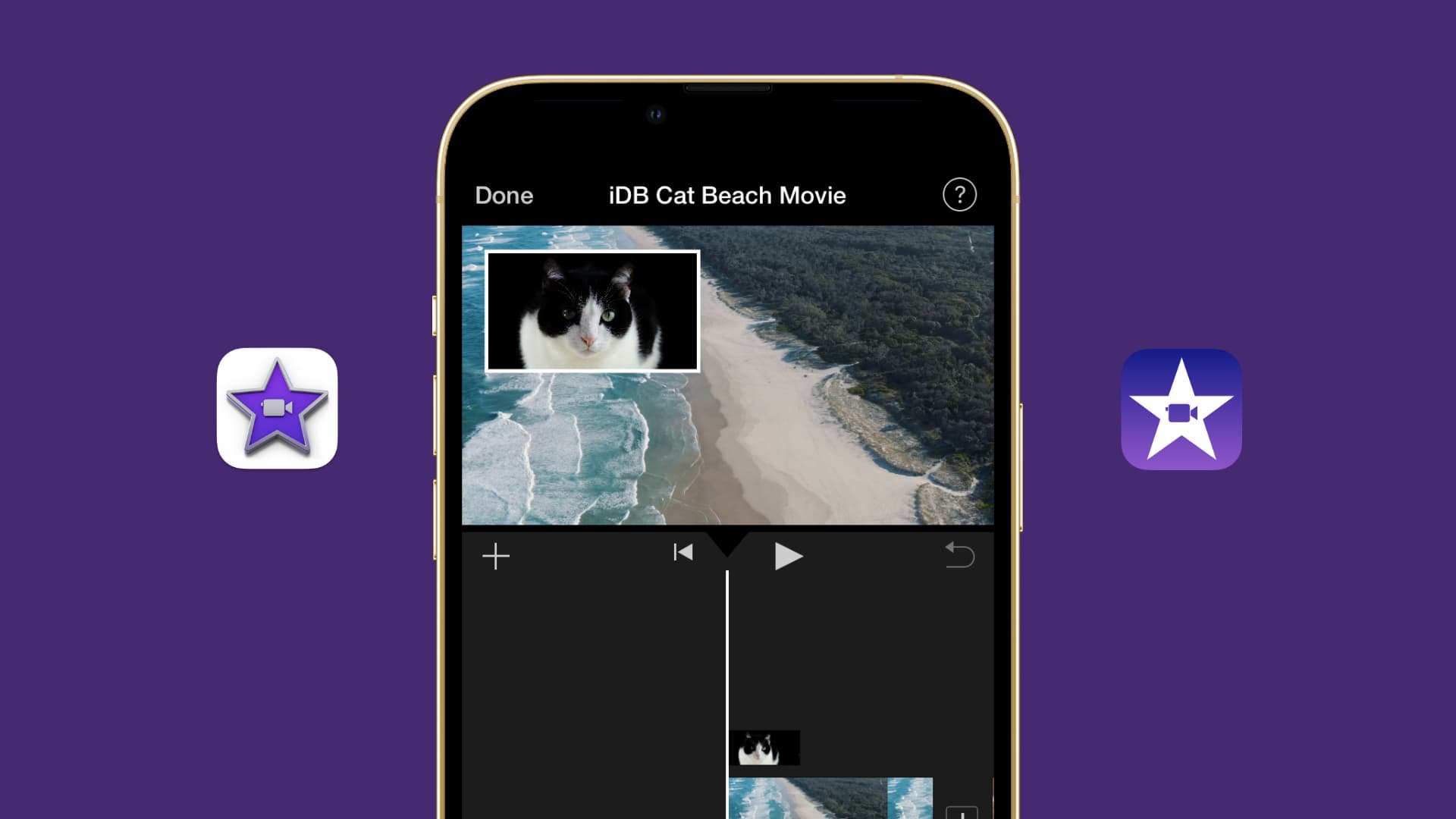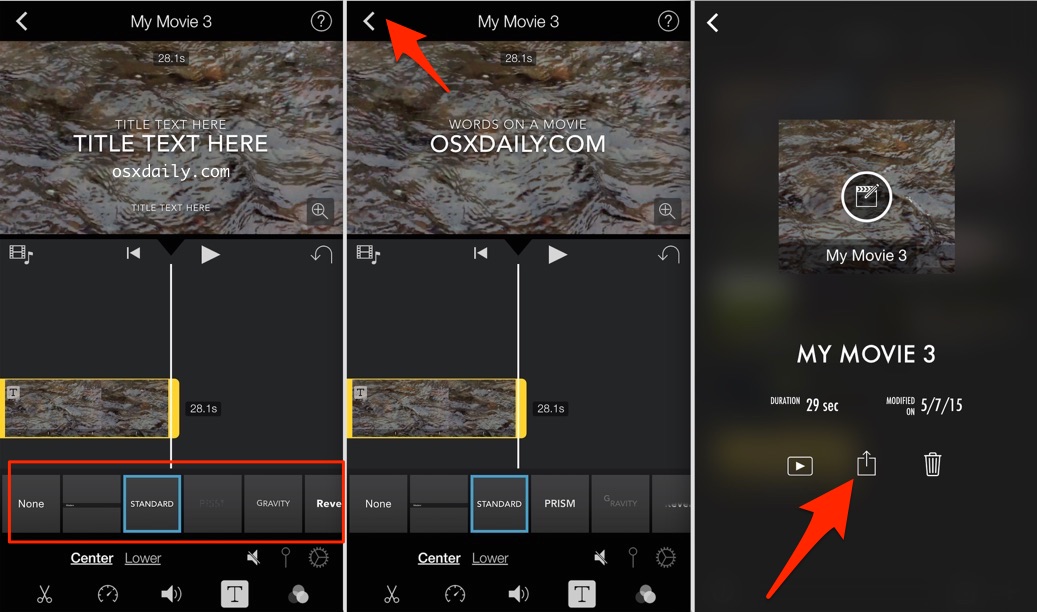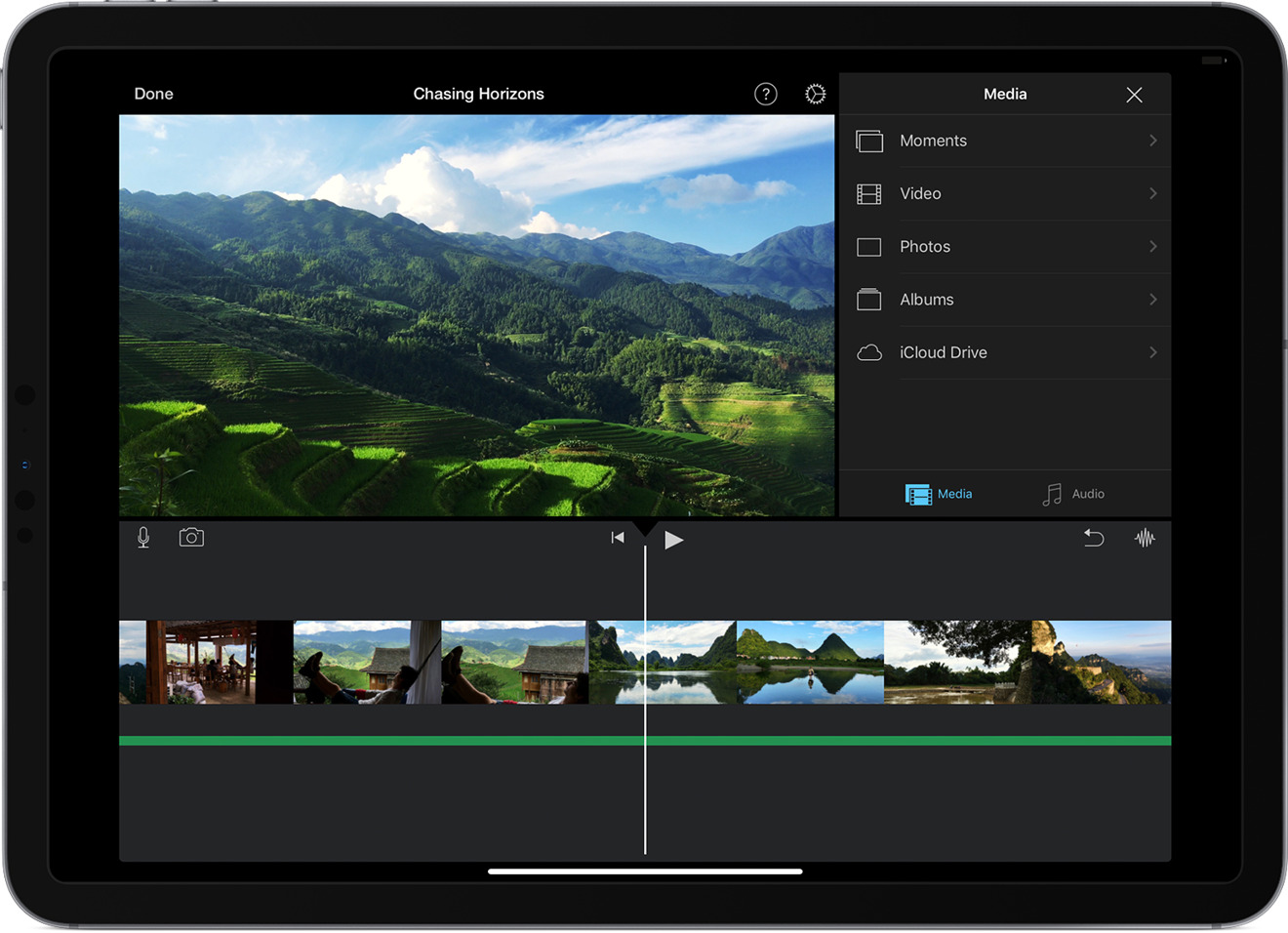Transparent Video Overlay Imovie Iphone

Imagine capturing the golden hour glow illuminating your friend's face as they recount a hilarious story. Now, picture seamlessly weaving that moment into a captivating travel vlog, layering it over a breathtaking landscape shot, all directly from your iPhone. Sounds like a professional editing suite move, right? Well, it’s quickly becoming a reality for everyday iPhone users, thanks to the evolving capabilities of iMovie.
The latest buzz surrounding iMovie on iPhone centers on its enhanced ability to perform transparent video overlays, opening a new world of creative potential for mobile filmmakers and social media enthusiasts. This feature allows users to seamlessly blend multiple video clips, adding a professional polish to their content without the need for complicated desktop software.
The Evolution of Mobile Video Editing
Mobile video editing has come a long way since its humble beginnings. Early apps offered basic trimming and rudimentary filters. However, the demand for more sophisticated tools grew alongside the rise of platforms like YouTube, Instagram, and TikTok.
Apple's iMovie, initially a desktop application, made its way to iOS devices, providing a user-friendly interface for more complex editing tasks. Features like transitions, audio adjustments, and text overlays became standard, empowering users to create compelling narratives directly from their phones.
The introduction of transparent video overlays marks a significant leap forward. Previously, achieving this effect often required third-party apps or transferring footage to a computer. Now, the power to create sophisticated visuals rests within the palm of your hand.
Unlocking Creative Potential with Transparent Overlays
Transparent video overlays, also known as picture-in-picture or chroma keying (for green screen effects), allow users to superimpose one video clip onto another. This enables a range of creative possibilities, from adding personalized commentary to gameplay footage to creating dynamic social media content.
Think about adding a reaction video in the corner of your screen while showcasing a product review. Or creating a split-screen effect to compare two different locations side-by-side. The possibilities are truly endless.
Social media influencers are already embracing this technology. "The ability to add transparent overlays directly within iMovie has been a game-changer for creating engaging TikToks," says Sarah Chen, a popular travel blogger. "I can now easily add voiceovers and show my reactions to experiences in real-time, making my content much more dynamic."
How to Utilize Transparent Video Overlays in iMovie
The process is relatively straightforward. First, you select the background video clip in iMovie. Then, you add the overlay clip, adjusting its size, position, and transparency to achieve the desired effect. The simplicity of the interface makes it accessible to both novice and experienced editors.
Apple provides tutorials and support documentation on its website, guiding users through the process step-by-step. These resources ensure that even those new to video editing can quickly master the technique.
Tips for Effective Overlays
Experiment with different blend modes to achieve unique visual effects. Use transparency sparingly to avoid overwhelming the viewer. Ensure that the overlay complements the background footage.
The Future of Mobile Video Editing
The advancements in mobile video editing are indicative of a broader trend: the democratization of content creation. Tools that were once exclusive to professionals are now readily available to anyone with a smartphone.
As smartphones become more powerful and software more intuitive, we can expect to see even more sophisticated features integrated into mobile editing apps. Artificial intelligence, augmented reality, and cloud-based collaboration are likely to play a significant role in the future of mobile filmmaking.
The evolution of iMovie and its integration of features like transparent video overlays is not just about technological advancement; it's about empowering individuals to tell their stories, express their creativity, and connect with audiences in new and meaningful ways. It's a testament to the power of technology to unlock human potential, one video clip at a time.


















